Home>Garden Essentials>What Kind Of Structure Does Sporangia Germinate And Produce
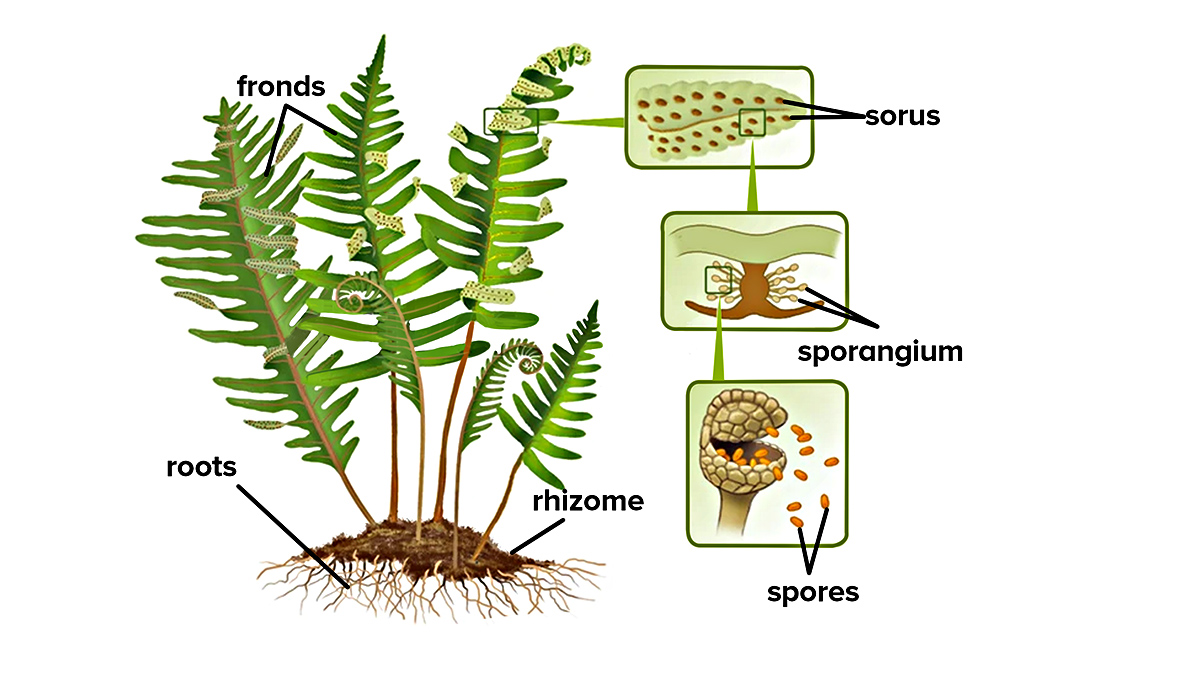

Garden Essentials
What Kind Of Structure Does Sporangia Germinate And Produce
Modified: March 16, 2024
Discover how sporangia germinate and produce various structures in your garden. Learn about the fascinating process and enrich your gardening knowledge.
(Many of the links in this article redirect to a specific reviewed product. Your purchase of these products through affiliate links helps to generate commission for Storables.com, at no extra cost. Learn more)
Introduction
Welcome to this comprehensive article where we will explore the fascinating world of sporangia germination and the structures they produce. Sporangia are an integral part of the reproductive process in many plants, particularly in the realm of fungi, ferns, and mosses. These tiny structures play a crucial role in the dispersal and propagation of these plant species.
Understanding how sporangia germinate and the structures they produce is not only a topic of botanical interest, but it also sheds light on the intricate mechanisms of plant reproduction. By delving into this subject, we can gain a deeper appreciation for the diversity and complexity of the natural world.
Throughout this article, we will define sporangia, discuss the germination process, explore the structures produced during germination, and conclude with some fascinating insights into the significance of sporangia in the plant kingdom. So let’s dive in and unlock the secrets of sporangia germination!
Key Takeaways:
- Sporangia are tiny structures in plants like fungi, ferns, and mosses that produce spores for reproduction. They germinate to form gametophytes and sporophytes, ensuring the survival and diversity of plant life.
- During sporangia germination, plants produce diverse structures like sporangia, sori, and prothalli. These structures disperse spores, facilitate fertilization, and continue the plant life cycle, showcasing the wonders of nature’s diversity and adaptation.
Definition of Sporangia
Sporangia are specialized structures found in certain plants, including fungi, ferns, and mosses, that are responsible for the production and dispersal of spores. These spores serve as a means of reproduction and survival for these plants, allowing them to spread and colonize new areas.
Sporangia are typically small and multicellular, ranging in size from microscopic to a few millimeters in diameter. They are usually enclosed within protective coverings, such as capsules or sporangium walls, which help to maintain the viability of the spores inside.
The exact structure and appearance of sporangia can vary depending on the plant species. In fungi, sporangia are often spherical, cylindrical, or club-shaped structures that develop at the tips of specialized hyphae called sporangiophores. In ferns and mosses, sporangia are commonly seen as small capsules or sacs attached to the underside of leaves or stems.
Within the sporangia, the process of spore production takes place through the process of meiosis. This results in the formation of haploid spores, which are single cells that contain half the genetic material of the parent plant. These spores are then released from the sporangia and dispersed by various means, such as wind, water, or the activities of animals.
The ability of sporangia to produce vast numbers of spores ensures the plants’ survival and successful reproduction. The dispersed spores can land in suitable habitats, where they germinate and develop into new plants, starting the life cycle once again.
Now that we have a clear understanding of what sporangia are, let us explore how these structures undergo the process of germination and what kind of structures they give rise to.
Germination of Sporangia
The germination of sporangia is a crucial stage in the life cycle of plants that possess these reproductive structures. Germination refers to the process by which spores within the sporangia develop and give rise to new structures that, in turn, lead to the formation of a new plant.
The germination process begins when the spores are exposed to favorable environmental conditions. These conditions can vary depending on the plant species, but they often involve the presence of moisture, suitable temperature, and the right nutrients.
Once the spores receive the necessary stimuli, they undergo activation, wherein they absorb water and enter a hydrated state. This triggers biochemical and physiological changes within the spore, initiating the germination process.
During germination, the spore undergoes cell division, resulting in the formation of a gametophyte, which is the first developmental stage in the life cycle of plants with sporangia. The gametophyte is a small, usually inconspicuous structure that produces gametes, which are reproductive cells.
The gametophyte can be different in structure and form depending on the plant species. In ferns, for example, the gametophyte is a tiny heart-shaped structure called a prothallus. In fungi, the gametophyte is represented by hyphal filaments.
Within the gametophyte, specialized cells called gametangia are formed. These gametangia produce the gametes, which can be male or female. The male gametes, known as sperm, are usually motile and capable of swimming towards the female gametes, which are stationary.
Once the gametes fuse through a process called fertilization, a new diploid organism, called a sporophyte, is formed. The sporophyte is the second stage in the lifecycle of plants with sporangia. It is the predominant stage of the plant and is responsible for producing sporangia.
The sporophyte continues to develop and grow, producing more sporangia that will undergo further stages of spore production and release. This perpetuates the life cycle of the plant, facilitating its reproduction and survival.
Now that we have explored the germination process, let’s discover the structures that sporangia produce during this process.
Sporangia germinate and produce spores, which then develop into a new structure called a gametophyte.
Structure Produced During Germination
During the process of germination, sporangia produce various structures that play essential roles in the development and reproduction of plants. These structures not only facilitate the dispersal of spores but also provide a means for the plant to establish itself in new environments.
One of the primary structures produced during germination is the sporophyte. The sporophyte is a multicellular organism that arises from the fusion of gametes during fertilization. It is characterized by its ability to produce sporangia, which are specialized structures that house the spores.
Sporangia can vary in shape, size, and arrangement depending on the plant species. In fungi, for instance, sporangia may be spherical, club-shaped, or elongated structures that develop at the tips of specialized hyphae called sporangiophores. These sporangia contain numerous spores that will be released into the environment.
In ferns, sporangia are commonly found in clusters on the undersides of fronds, forming structures known as sori. Each sorus consists of multiple sporangia that contain spores. When these sporangia mature, they undergo dehiscence, or the opening of the sporangial wall, releasing the spores into the surrounding environment.
In mosses, sporangia are formed on the apex of stalk-like structures called setae. These sporangia are typically elongated and cylindrical in shape, and they contain spores that are eventually released into the environment when the sporangium ruptures.
The structures produced during germination also include those associated with the gametophyte stage. In ferns, for example, the gametophyte, known as the prothallus, is a small heart-shaped structure that develops from the germinating spore. The prothallus contains both male and female reproductive structures called antheridia and archegonia, respectively. These structures produce the sperm and eggs needed for fertilization.
Additionally, in fungi, the gametophytic stage consists of hyphal filaments that undergo a specialized process called plasmogamy, where the cytoplasm of two different mating types fuses together, resulting in the formation of a dikaryotic mycelium. This stage eventually gives rise to the formation of the sporangia.
By producing these structures during germination, plants ensure the dispersal of spores, the subsequent fertilization, and the continuation of the life cycle. Each structure fulfills a specific function, contributing to the successful reproduction and propagation of the plant species.
Now that we have explored the diverse structures produced during germination, let’s conclude our journey into the world of sporangia germination.
Conclusion
In conclusion, sporangia play a vital role in the reproductive process of certain plants, including fungi, ferns, and mosses. These specialized structures house and produce spores, which serve as a means of survival and propagation for these plant species.
Throughout this article, we have explored the germination of sporangia and the structures they produce. Germination is the process by which spores develop into new structures, including the gametophyte and the sporophyte, each with its own unique functions in the plant life cycle.
During germination, sporangia give rise to various structures, such as spherical, club-shaped, or elongated sporangia in fungi, sori on the undersides of fern fronds, and elongated sporangia on moss setae. These structures contain spores that are dispersed into the environment, facilitating reproduction and colonization in new areas.
In addition, the gametophyte stage, such as the prothallus in ferns or the hyphal filaments in fungi, produces reproductive structures that allow for fertilization to occur. This fertilization gives rise to a new sporophyte, which continues the cycle by producing more sporangia and spores.
The fascinating world of sporangia germination reminds us of the intricate mechanisms of plant reproduction and the diversity found in the natural world. By understanding this process, we gain a deeper appreciation for the life cycles of these plants and their ability to adapt and thrive in various environments.
As we continue to uncover the secrets of nature, sporangia germination remains a captivating topic that reveals the wonders of plant life. So the next time you spot a fern sorus or a mushroom sporangium, take a moment to marvel at the complex journey that led to their formation.
Thank you for joining us on this exploration of sporangia germination and the structures they produce. May your curiosity for the natural world continue to grow, just like the plants themselves.
Frequently Asked Questions about What Kind Of Structure Does Sporangia Germinate And Produce
Was this page helpful?
At Storables.com, we guarantee accurate and reliable information. Our content, validated by Expert Board Contributors, is crafted following stringent Editorial Policies. We're committed to providing you with well-researched, expert-backed insights for all your informational needs.

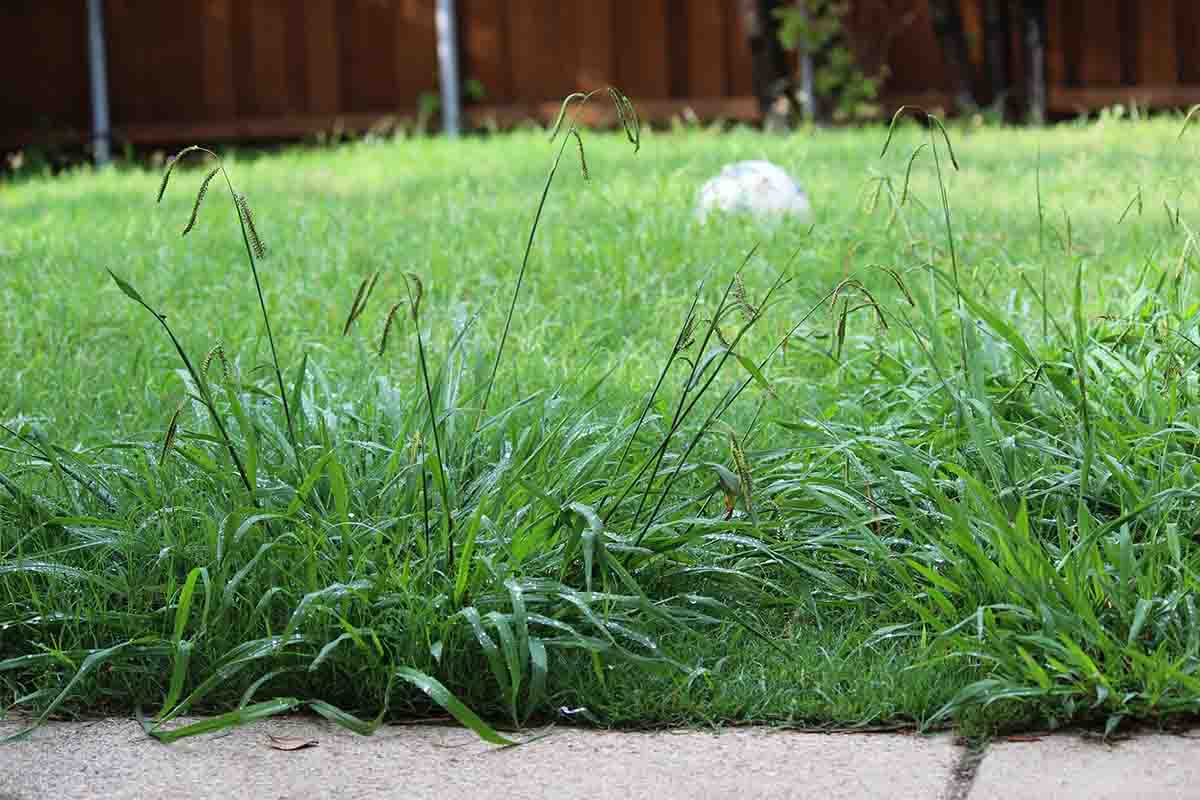
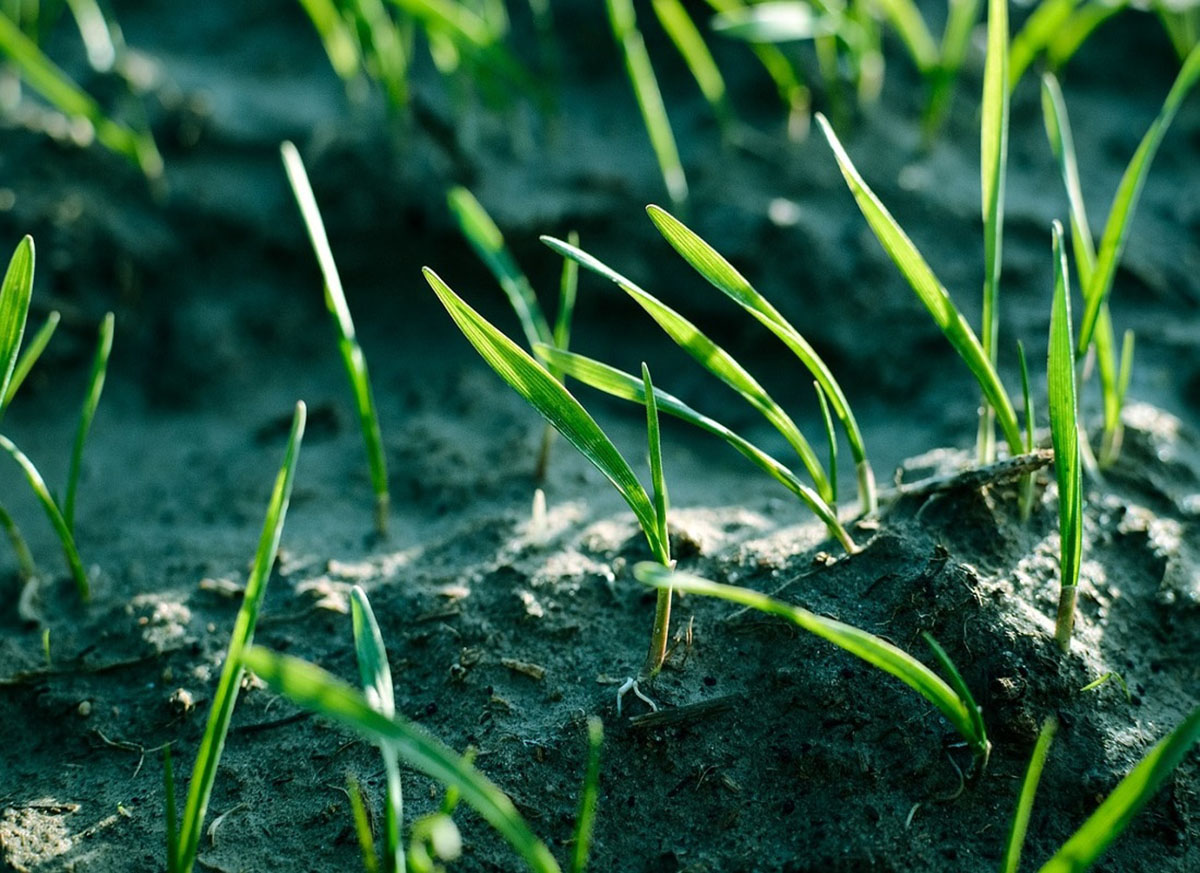
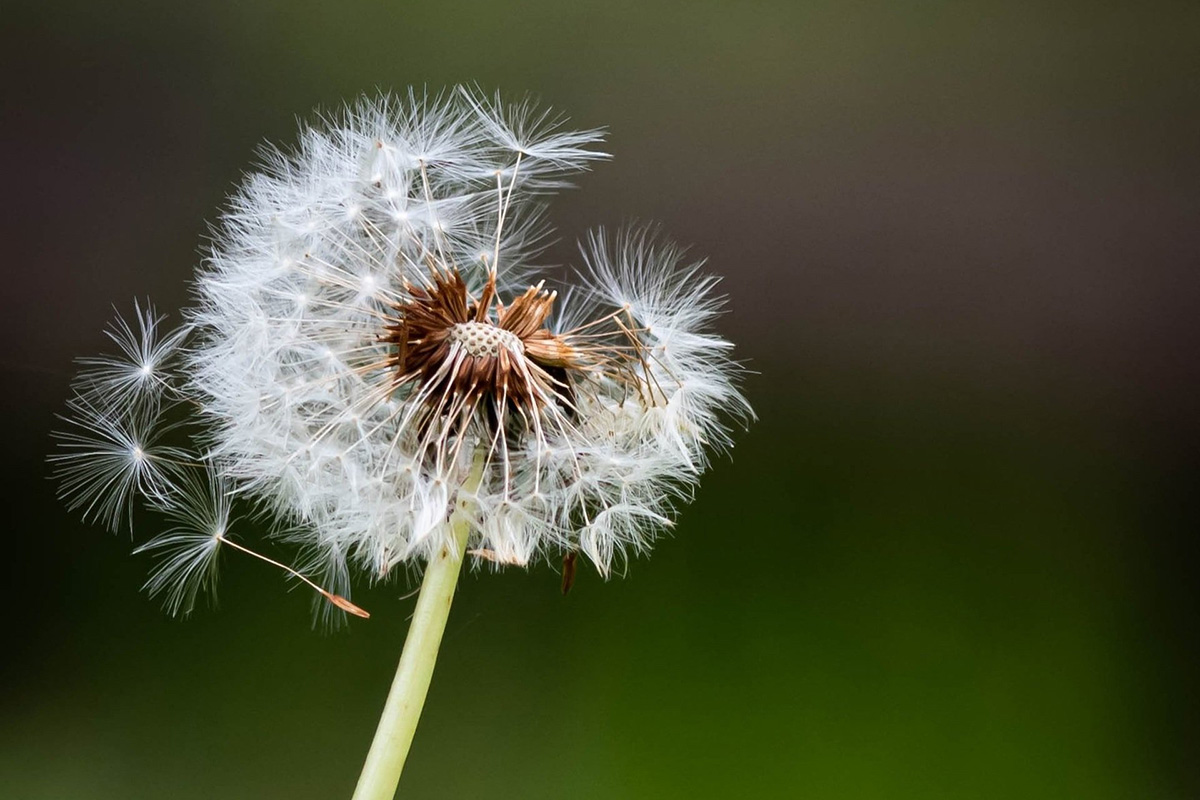
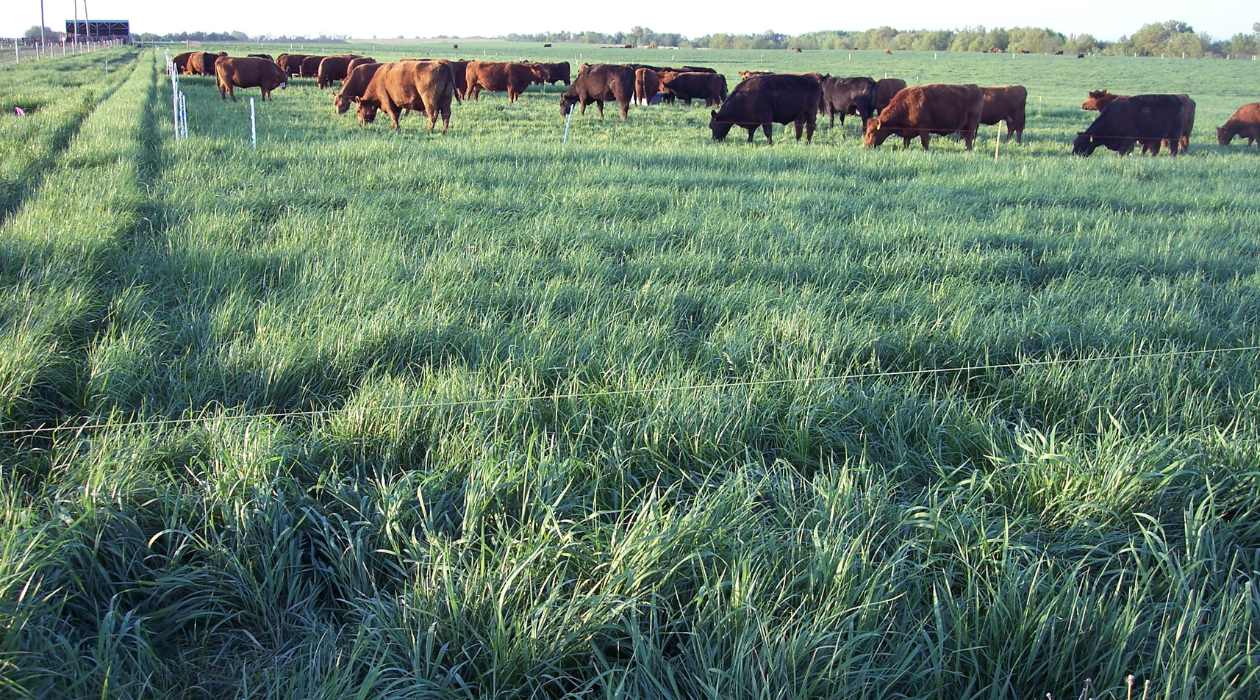

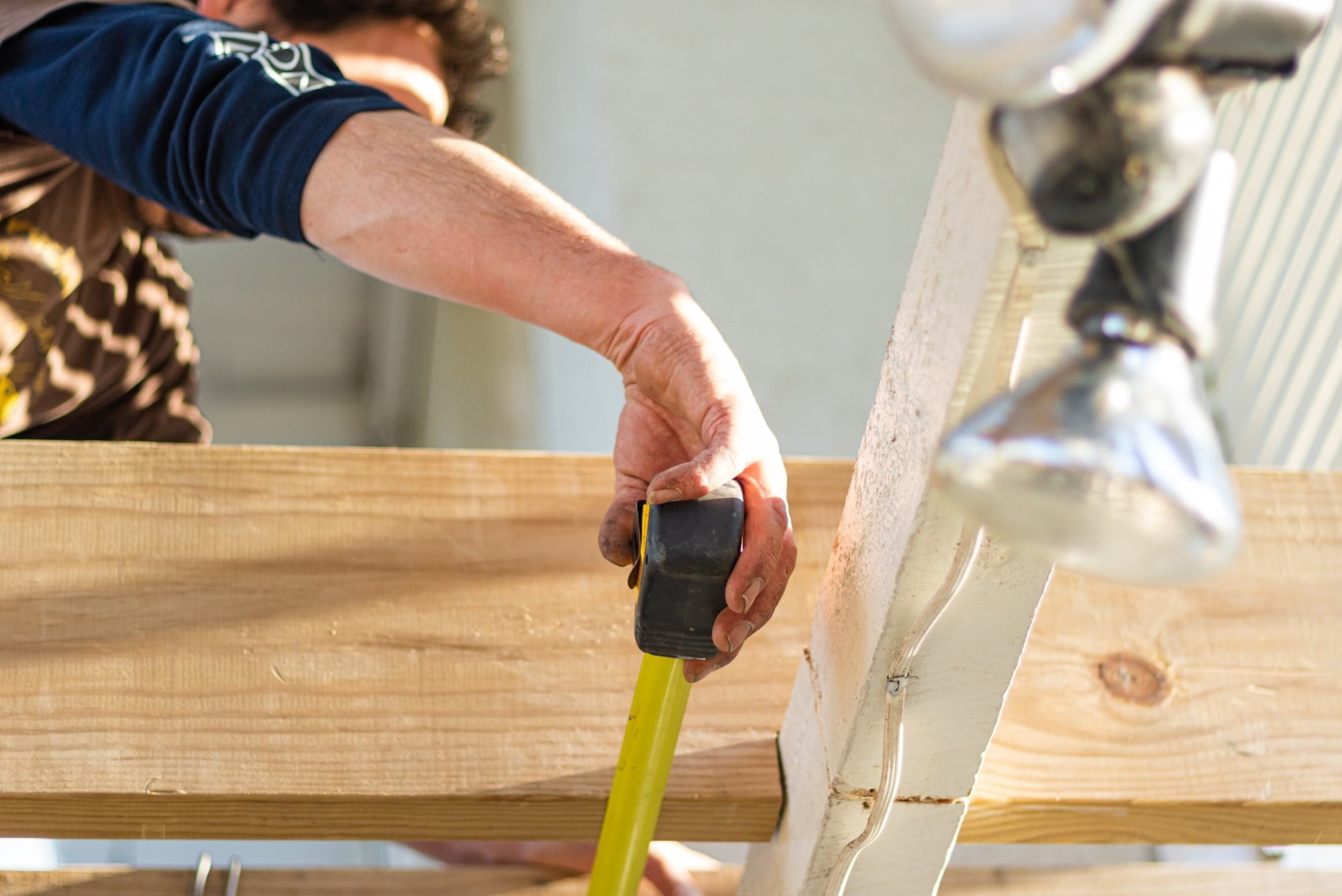
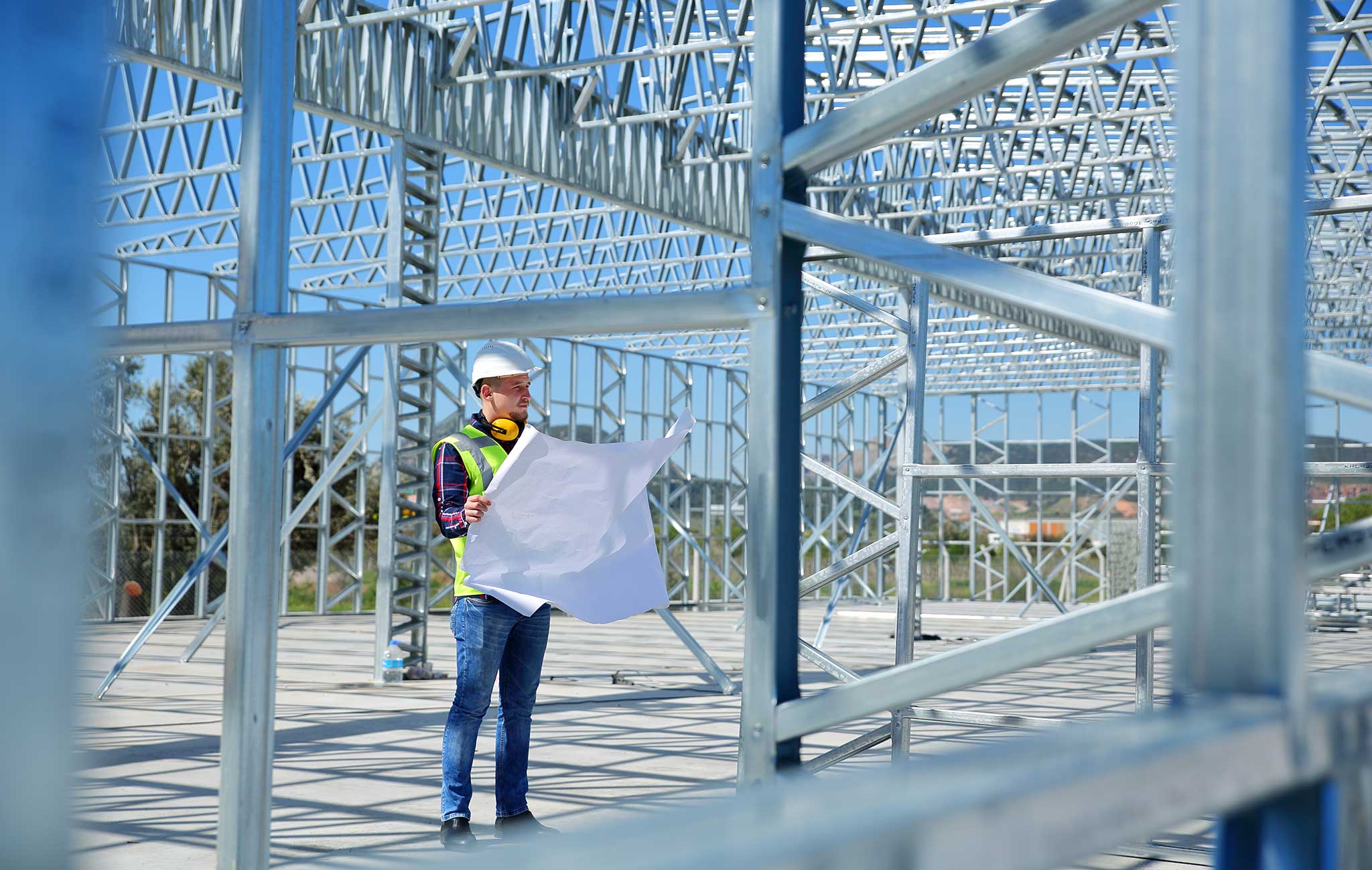
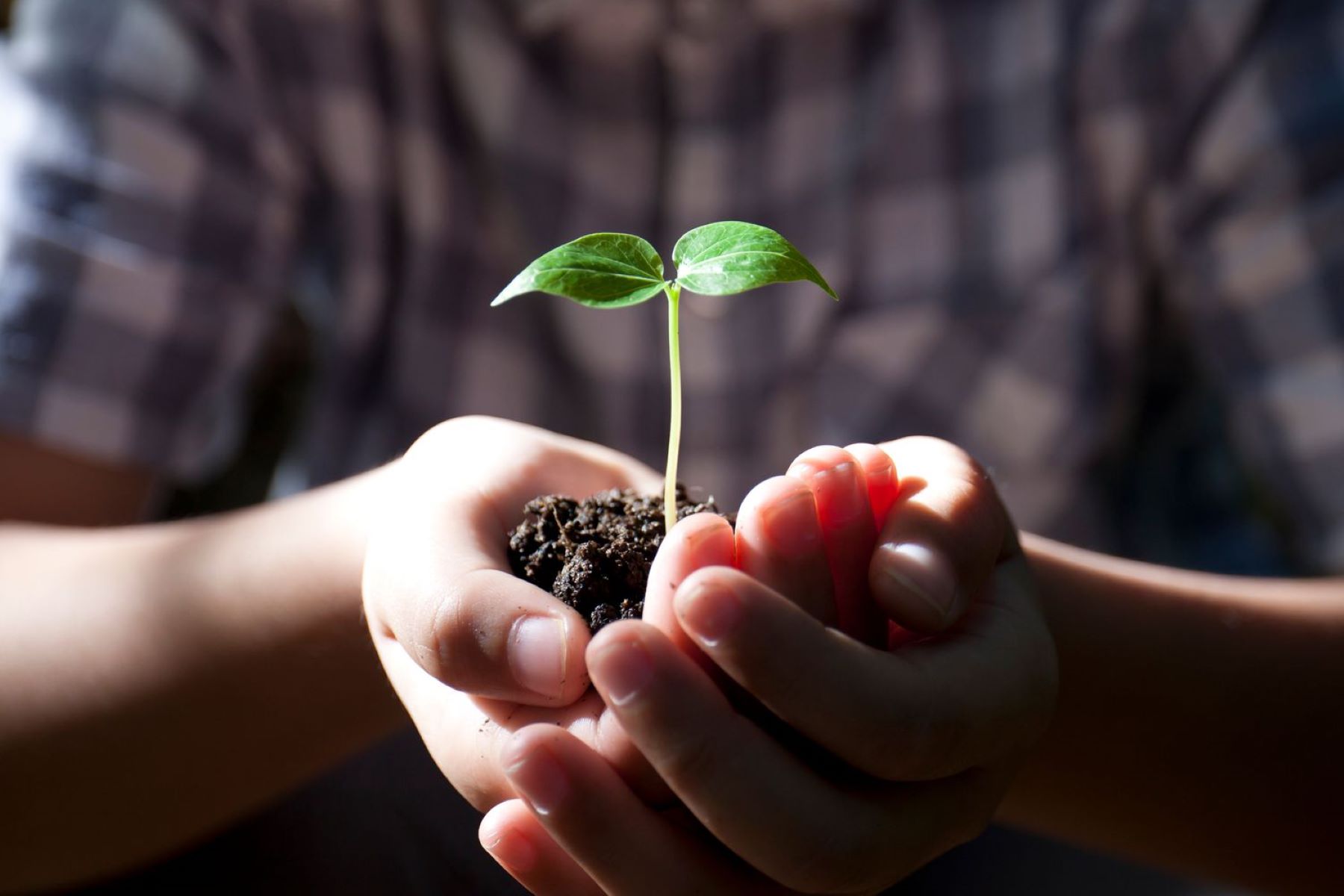

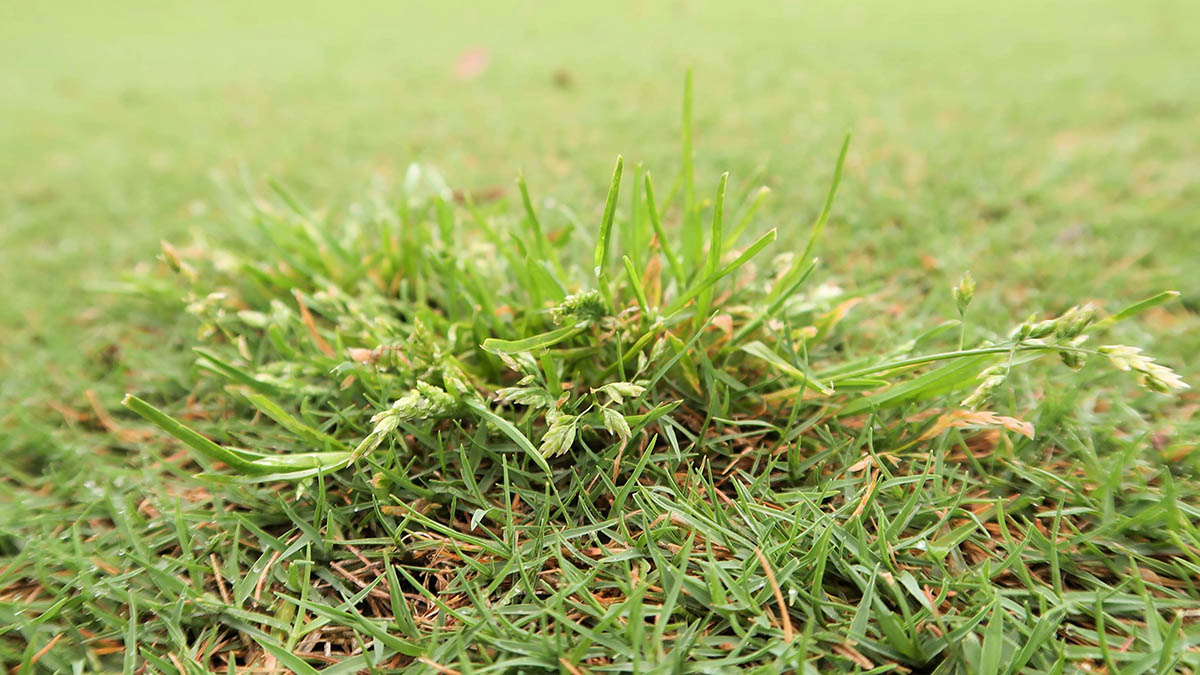
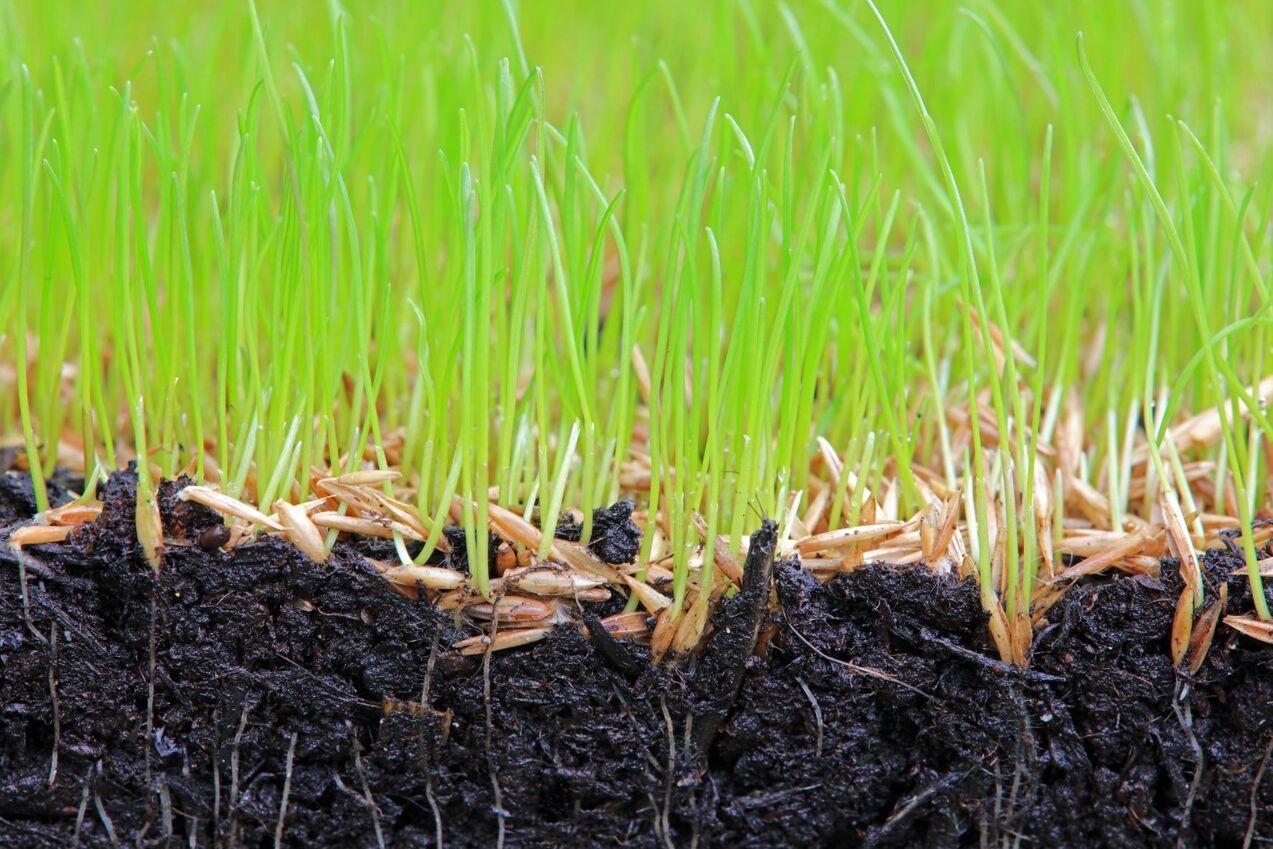
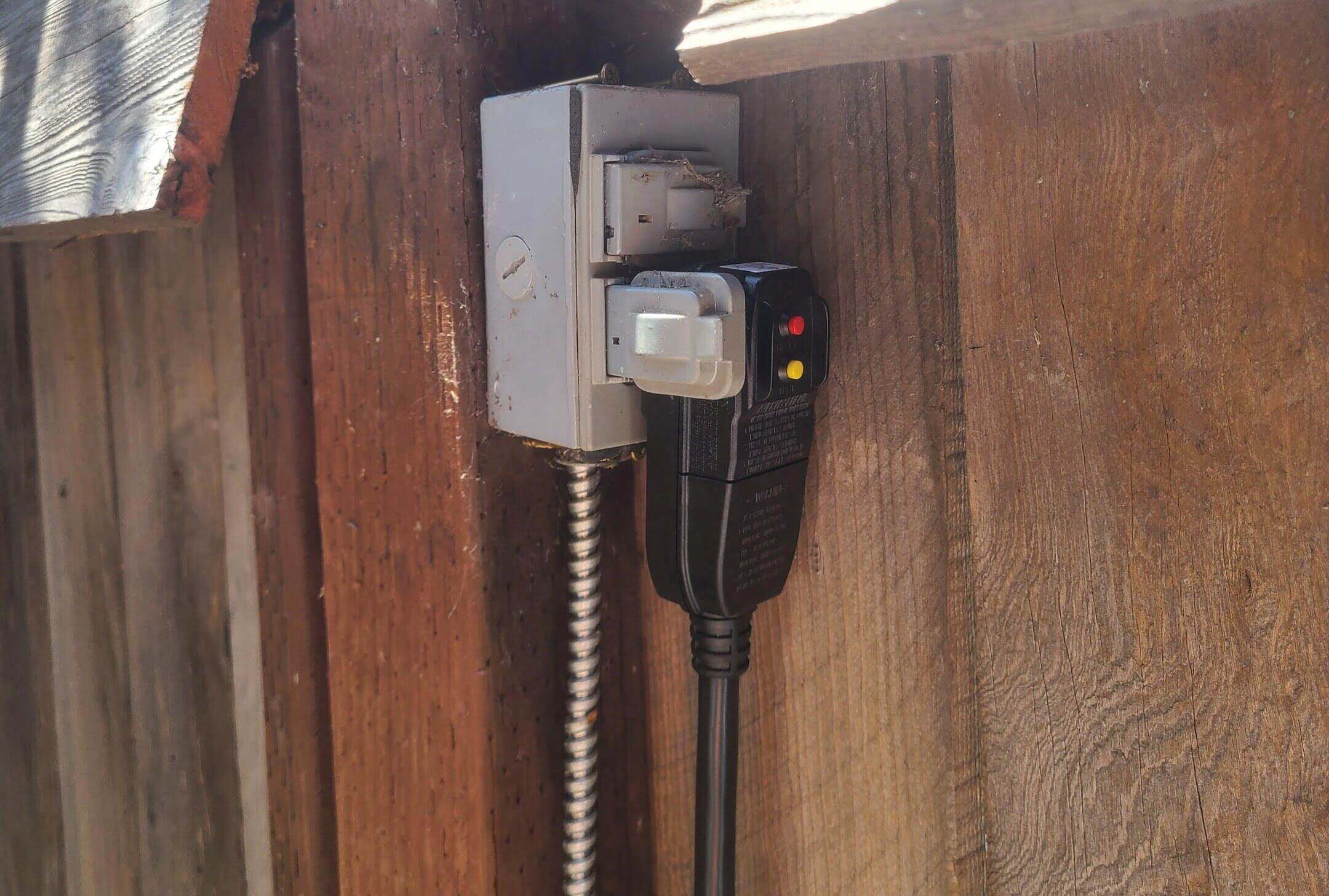
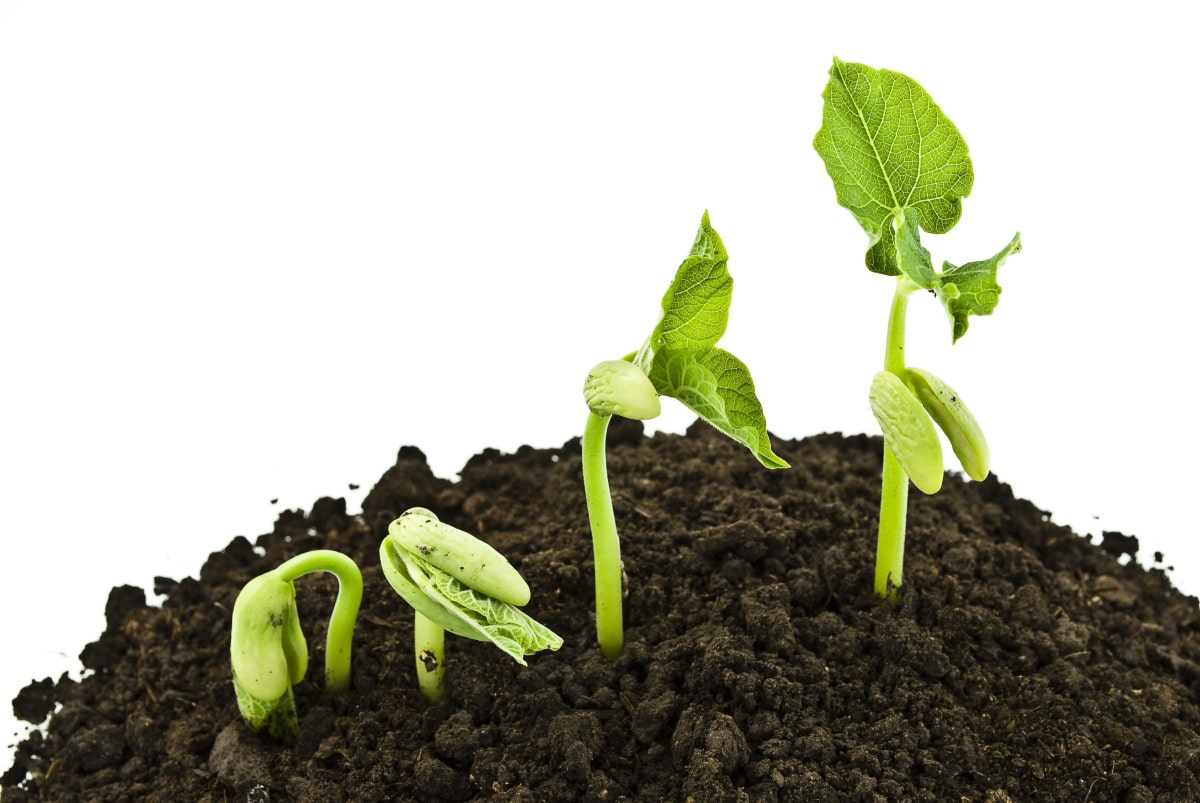


0 thoughts on “What Kind Of Structure Does Sporangia Germinate And Produce”